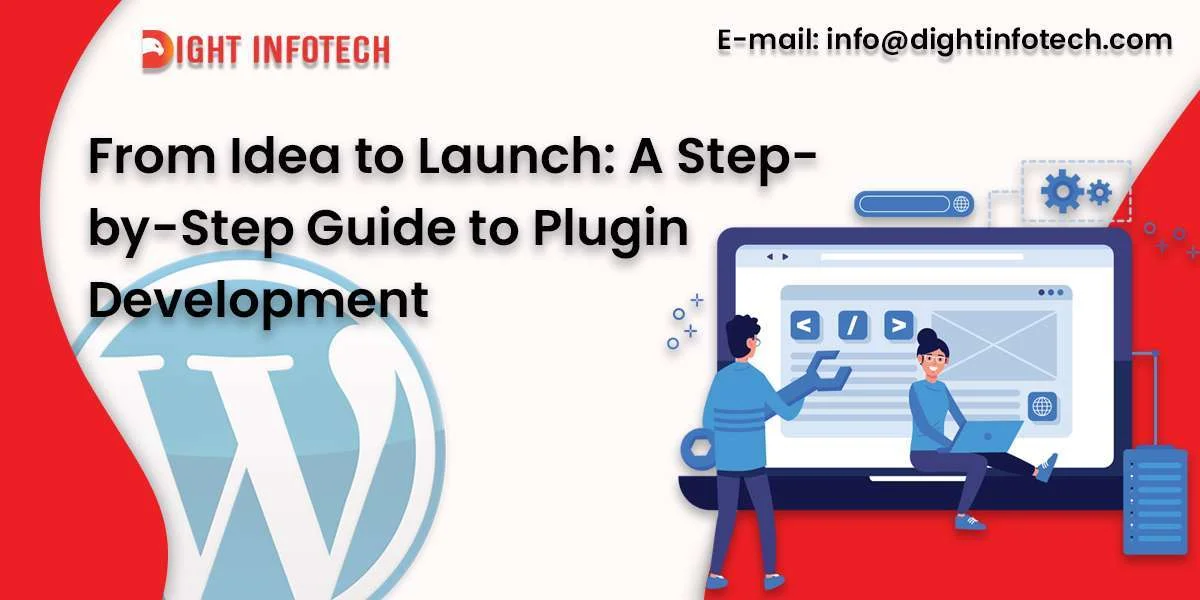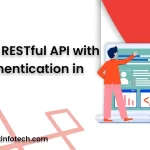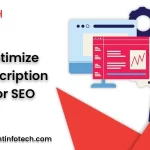The world of WordPress plugins is vast and varied, with thousands of options available to enhance the functionality of your website. But what if you have an idea for a plugin that doesn’t exist yet? Or maybe you want to create a plugin to solve a specific problem for your own website. In this guide, we’ll take you through the process of plugin development from start to finish, so you can bring your ideas to life.
Define your goals and requirements
Before you start coding, it’s important to have a clear understanding of what you want your plugin to do. What problem does it solve? What features will it have? What kind of users will it serve? This information will help you make decisions about your plugin’s architecture, code structure, and user interface.
Plan your plugin’s architecture
Once you have a clear understanding of your goals and requirements, it’s time to plan out the architecture of your plugin. This includes deciding which WordPress hooks and filters you’ll use, as well as creating a basic outline of your plugin’s code structure. You should also consider how your plugin will integrate with other WordPress plugins and themes.
Write your code
With your plugin’s architecture in place, it’s time to start coding. This step can take some time, depending on the complexity of your plugin. Remember to keep your code organized and well-documented, so it’s easy to maintain and update in the future.
Test your plugin
Once you’ve written your code, it’s important to test your plugin thoroughly to make sure it works as intended. This includes testing for compatibility with different versions of WordPress, as well as testing your plugin’s functionality under different conditions (such as different user roles or settings).
Optimize your plugin
After testing, it’s time to optimize your plugin for performance and security. This includes minimizing your plugin’s code size, optimizing database queries, and implementing security best practices (such as data validation and sanitization).
Publish and promote your plugin
Once your plugin is optimized and tested, it’s time to publish it to the WordPress plugin repository. Make sure to include clear instructions and documentation, as well as a catchy description and eye-catching screenshots. You should also promote your plugin on social media, in relevant online communities, and through other marketing channels.
Maintain and update your plugin
Finally, it’s important to maintain and update your plugin over time. This includes fixing bugs, responding to user feedback, and releasing updates to keep your plugin compatible with the latest versions of WordPress. Regular maintenance will ensure that your plugin continues to serve its intended purpose and provide value to its users.
In conclusion, plugin development can be a challenging but rewarding process. By following these steps, you can bring your ideas to life and create a valuable tool for the WordPress community. Whether you’re building a plugin for your own website or for public use, remember to prioritize usability, performance, and security at every step of the way. With dedication and attention to detail, you can create a plugin that stands the test of time and provides value to its users for years to come.





